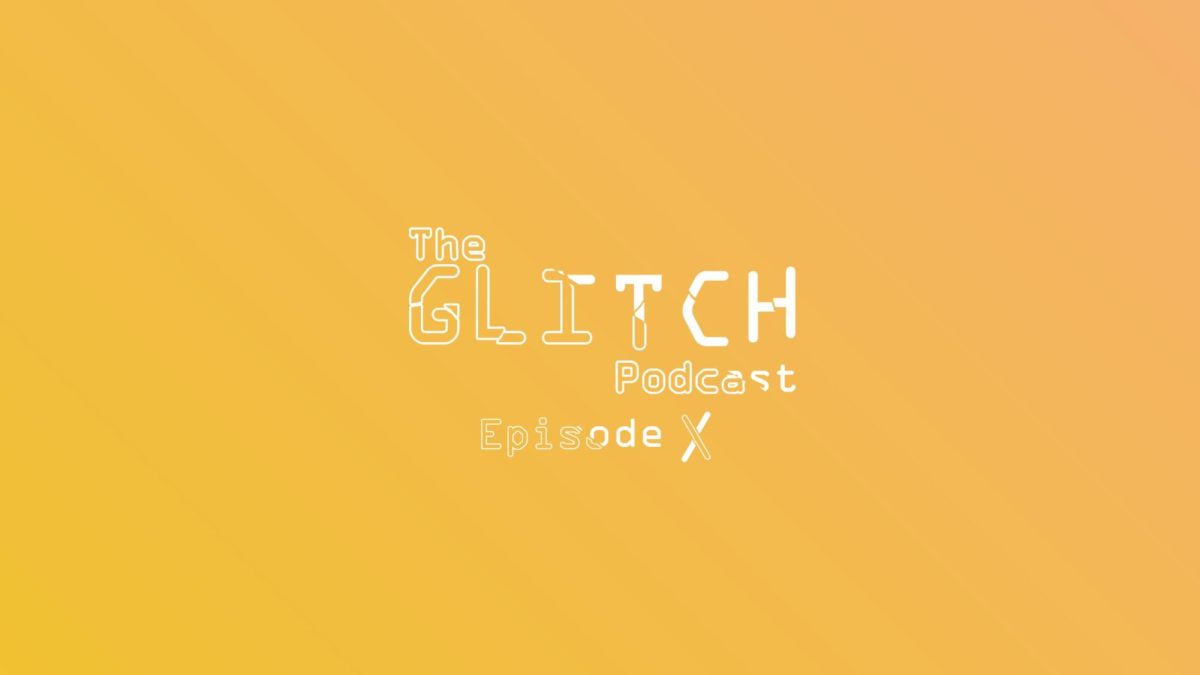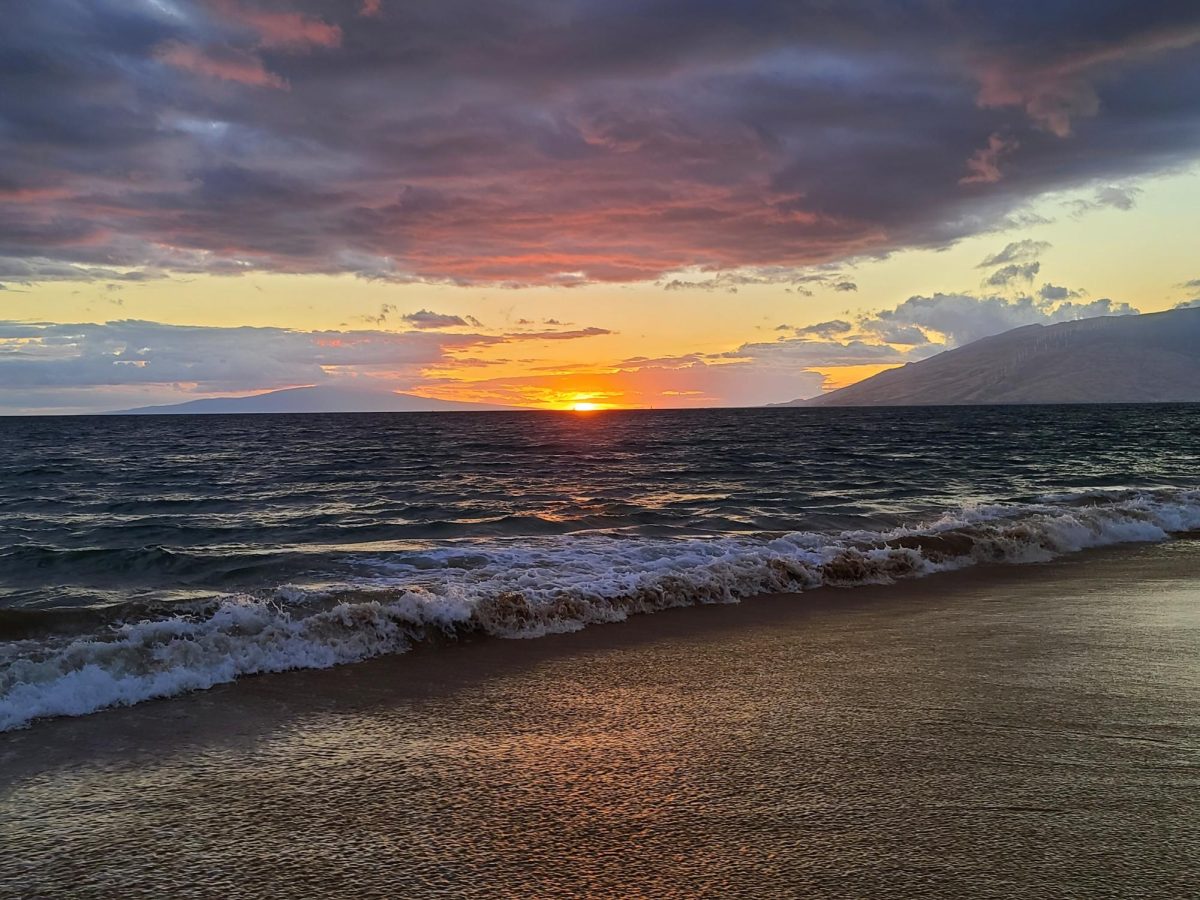Maui, an island renowned for the best beaches in Hawaii, along with mountain landscapes, fresh seafood, and according to the U.S. News & World Report, the fourth best place to visit in the United States. But, what was once an island with white sandy beaches and charming towns, now burns, filled with debris and rubble from the Lahaina wildfires traveling through the western coast.
With a mix of dry vegetation and wind, the fires began in the royal capital of Maui, Lahaina. The historic town filled with culture and tropical charm was almost completely destroyed by the fires Aug. 8, with over 2,700 structures damaged and the death toll on the rise.
According to CNN, Maui had also been simultaneously hit by Hurricane Dora, a Category 4 hurricane bringing strong pressure and high winds of up to 67 mph, drastically increasing the spread of the fire.
The hurricane winds led to downed power lines, water access chut off, and more, all resulting in the destruction of life and property. The cause of the fire still remains unknown but investigators suspect it was due to active power lines falling over from Hurricane Dora, or some other electricity-related cause (CBS News).
According to the U.S. drought monitor, Maui had already been put in the D-1 and D-2 drought category throughout the island, carving a path for ignition. Scientists and meteorologists claim that Hawaii’s ecosystem has drastically changed in the past 30 years, with wildfires becoming increasingly common.
But, unlike Colorado or California, where fire warnings are more frequent, Hawaii doesn’t have a deep history of heavy wildfires as the environment has only recently changed due to worsening drought conditions and climate change (Wired).
Ali Gustafson ‘24 lived in Hawaii for 10 years in eastern Oahu, the third island next to Maui.
“When I first found out about the fires, I didn’t think it was super bad. As the death toll climbed, it definitely started to be more alarming. I think the worst Oahu got was smoke and ash piling up on the side of the mountain, but the photos and videos of Maui are horrific,” Gustafson said. “People are sitting on rocks, some have masks on, some are swimming out into the ocean and the Coast Guard goes [to]
pick them up. I know the locals are really sad about it and it’s really a shame that so many people are displaced from it. It doesn’t even look real. It kind of looks like something out of a movie where the cars are burnt and the buildings are burnt. Everything is covered in ash.”
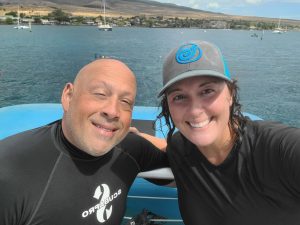
French teacher Alexis Savas has a personal connection to Lahaina, as she spent several holidays there over the years.
“My husband and I got engaged in Hawaii so we went to Lahaina, got dole whips–which of course are special to me because I used to work for Disney Cruise–and we loved it so much that we went back for our 10-year anniversary. We spent every day in Lahaina because my husband’s dive shop was right off of Front Street and we made amazing memories there,” Savas said. “To see before and after photos of where everything was and everything burnt down is very sad, and to me personally, I like places more than I like anything else. You get a feeling of nostalgia but then at the same time you know it will never be the same as what it once was.”
According to CBS News, Maui prepared sirens and cell notifications to alert its citizens in the case of danger or evacuation from the increasing amount of wildfires and other weather hazards such as hurricanes and tsunamis.
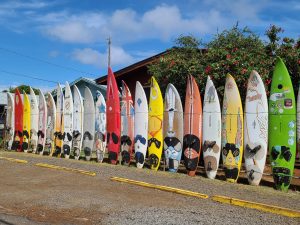
However, at the beginning of the fire, survivors claimed not to have received the news, learning only through neighbors running down the street or by seeing it for themselves.
Chief of the Maui Emergency Management Agency, Herman Andaya, stated that he didn’t regret not activating the sirens as it could have worsened the situation.
“Had we sounded the sirens that night, we were afraid that people would have gone mauka (mountainside), and if that was the case, they would have gone into the fire,” Andaya said. People solely relied on alerts to cell phones, television and radio news but because of the widespread power outages, residents claim to have received little to no prior warning (CBS News).
Shannon Diggins ‘24 lived in Lahaina, Maui for two years, directly where the fires started.
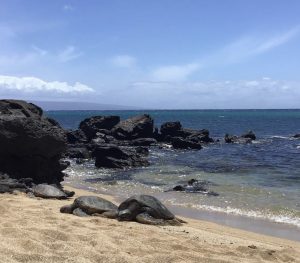
“Hearing about the fires is very saddening. I’ve heard too many stories from my friends who live there about everything affected by the damage. One of my friends lost everything, from their cars to his parents’ workplace. Historic spots that were extremely important to Hawaii were destroyed. One of the places I used to frequently visit when I lived over there, Front Street, is completely burned down. It makes me so sad to think about going back to the island and seeing all the damage caused,” Diggins said.
Because this isn’t necessarily a local issue, it can be difficult to understand the amount of damage done to Maui and how much work the Aloha state has ahead of them. First responders are overwhelmed as recovery crews and cadaver dogs continue searching and identifying the deceased, working through ash and destruction as the death toll surpasses 115.
Thousands of survivors are staying in schools, shelters or with friends as volunteers work quickly to ship food, water, clothes, infant formula and other supplies needed to survive (NewburyPort News/CBS News).

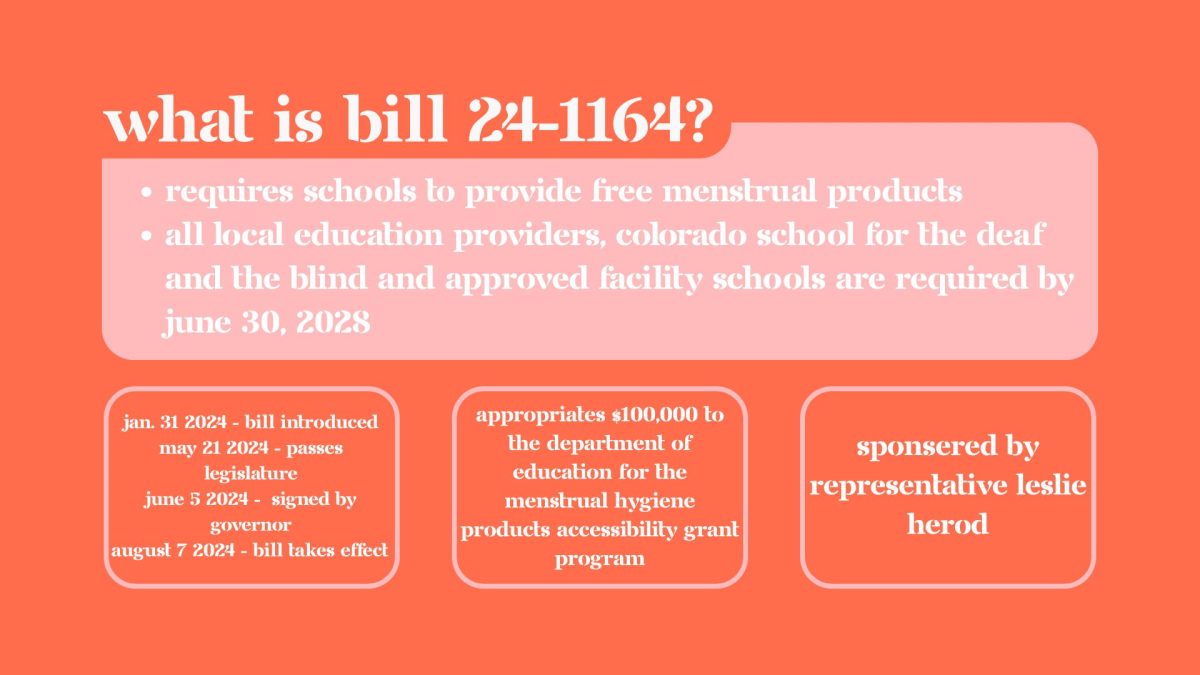

![Minutes before the Activities Fair in the gym, president Abhi Gowda ‘26 prepares the stall for his club Helping Hands, Sept. 4. A relatively new club, Helping Hands was co-started by Gowda and focuses on assisting the homeless, and just last year they succeeded in raising a couple hundred donations to send to shelters. This year, they have goals to expand, with hopes to increase volunteer opportunities and take in-person trips to shelters, as well as extend their help beyond just homeless people. “The Activities Fair gives a lot of underclassmen the opportunity to really get to know the Canyon culture, and it gives them many opportunities for service and volunteering,” Gowda said. “[Through the Activities Fair,] I hope to find a bunch of new and passionate members about our club and just get our name out there and spread awareness to the cause that we’re fighting for.”](https://rockmediaonline.org/wp-content/uploads/2025/09/1-2-1200x885.jpg)

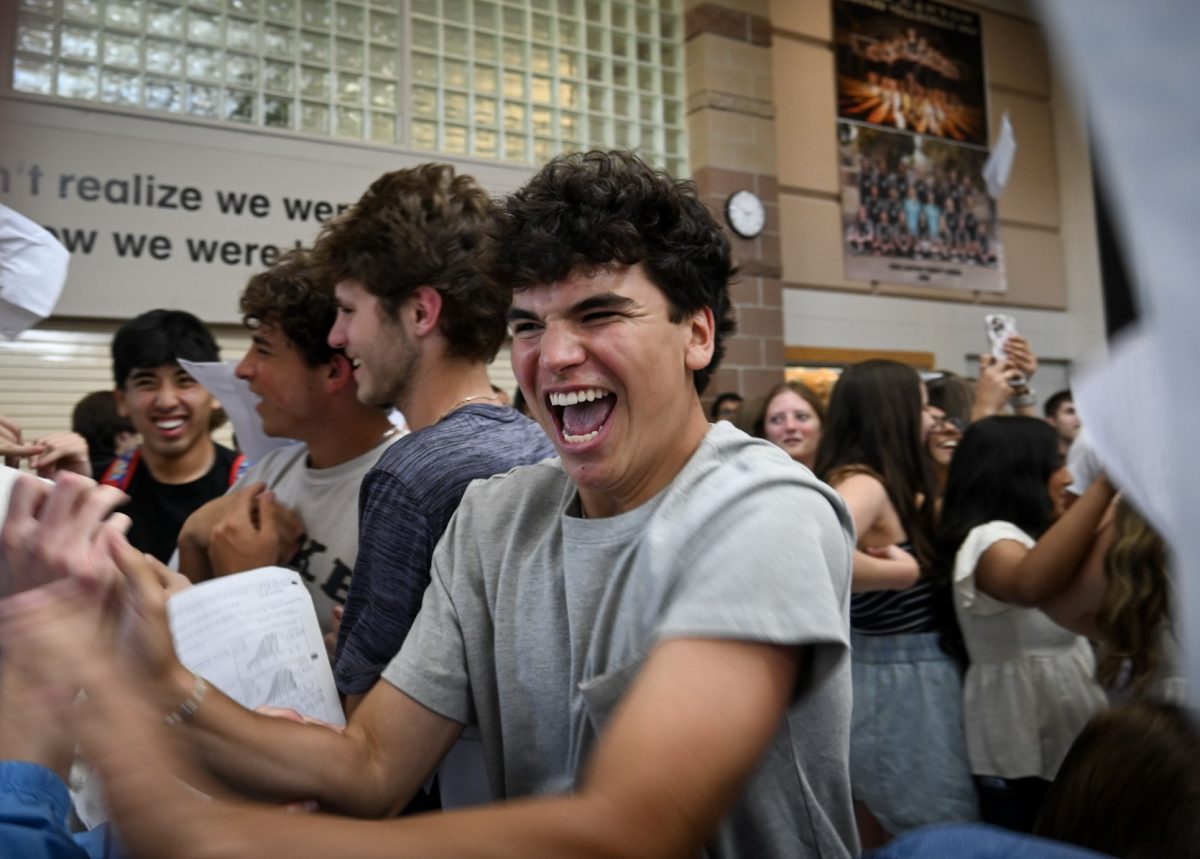


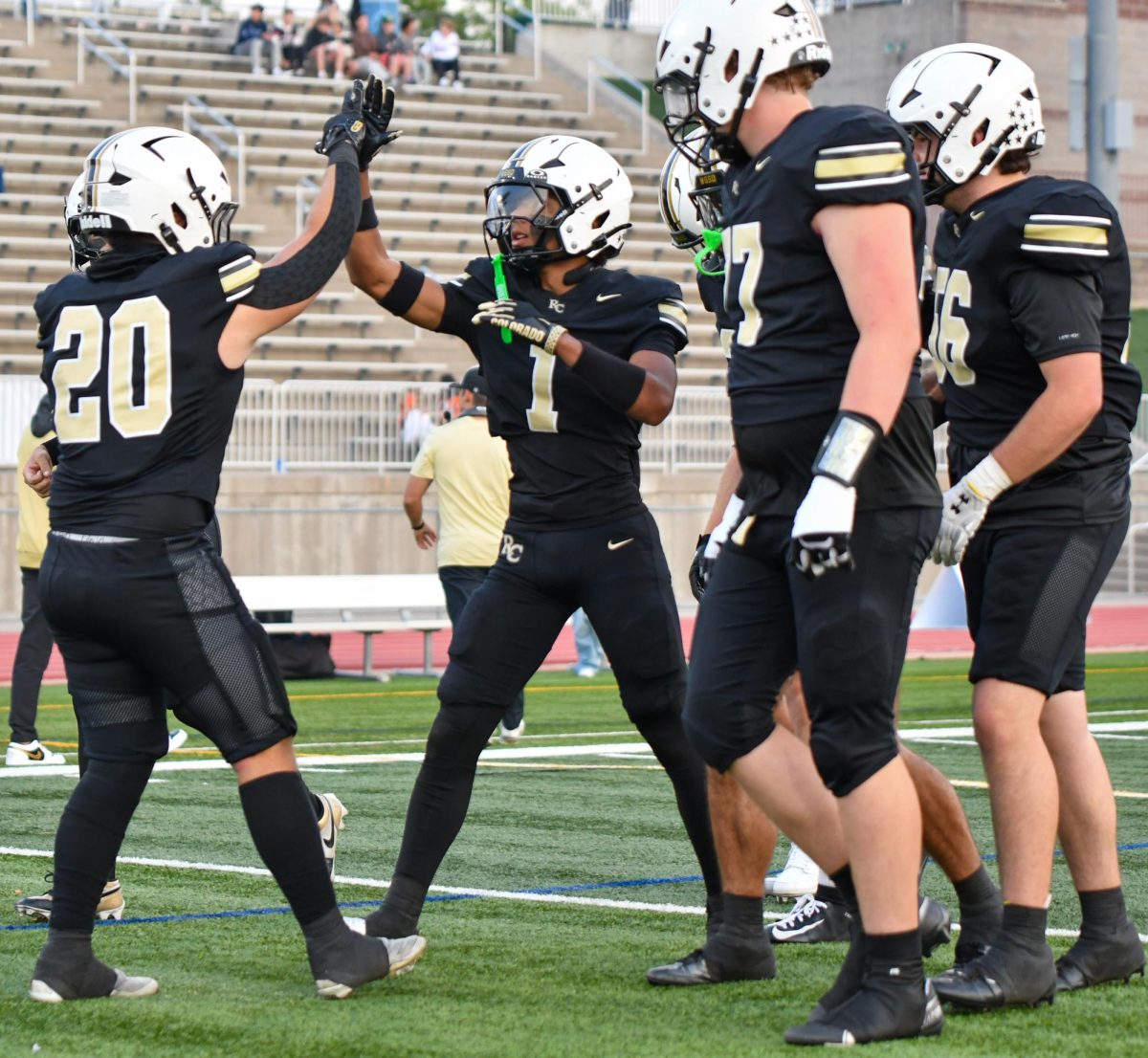


![The winter guard team makes fifth place at the state championship finals in the Denver Coliseum, March 30. The team performed to Barnes Country's “Glitter and Gold,” lead by coaches Margo Sanford, Blair Bickerton and Anna Orgren. In their class there were a total of nine groups participating, and the top five who made it to finals received a plaque. “[Walking onto the stage] is very nerve-wracking, but also very exciting as well. When you first start color guard there's a lot of anxiety and uncertainty when you first perform in front of an audience, but once you've done it for a while, it starts to become the best part of the season,” Ella West ‘25 said. “It's very fulfilling to see an audience react to something you've put your heart and soul into.”](https://rockmediaonline.org/wp-content/uploads/2025/04/Both-socal-media-nd-website-main-1-1200x846.jpg)
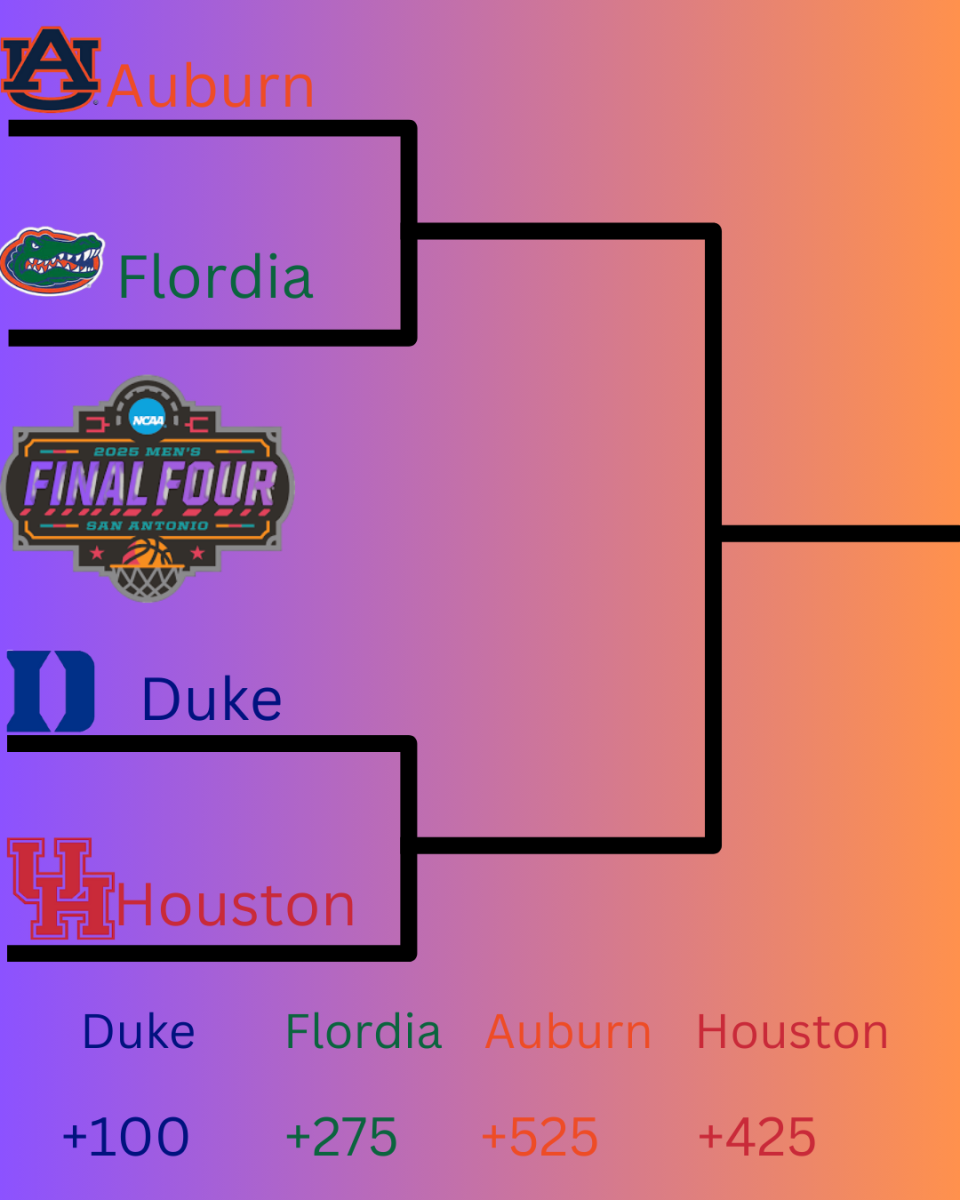
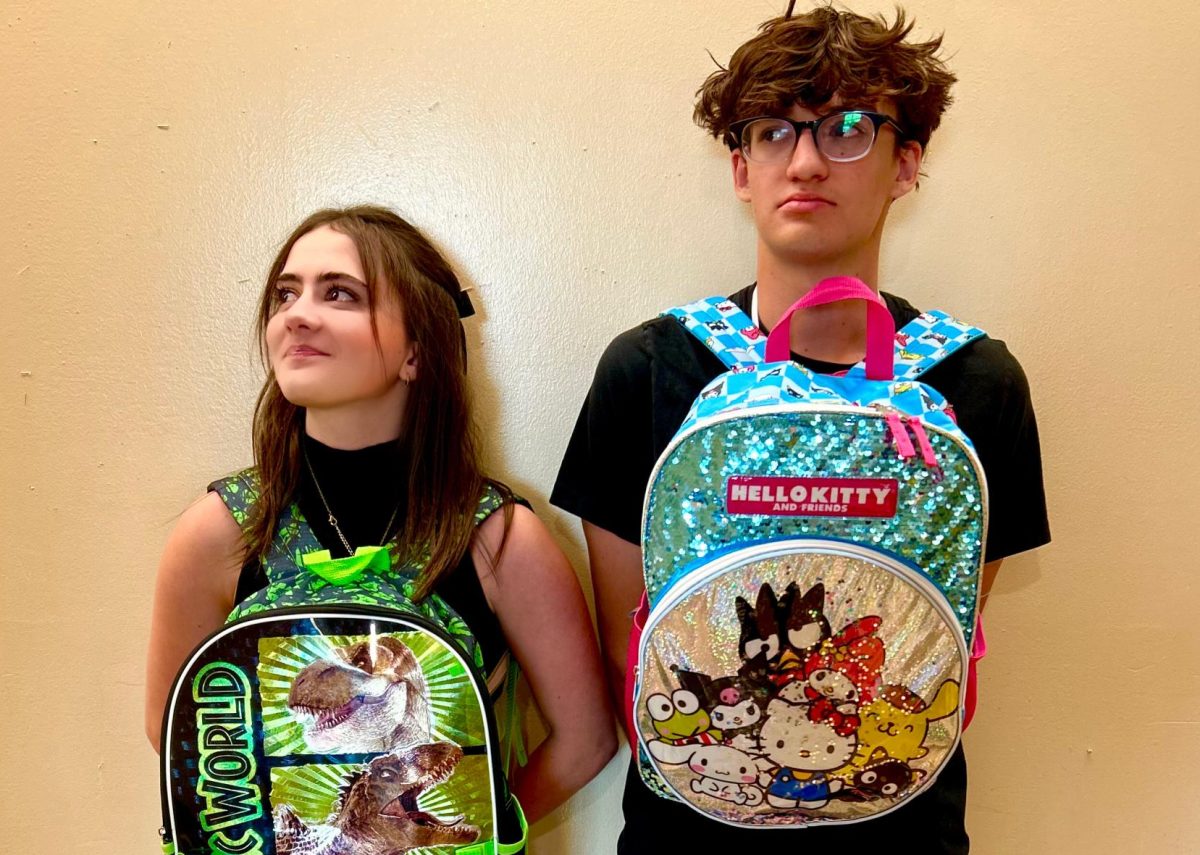
![April marks the 25th anniversary of Sexual Assault Awareness Month, created by the National Sexual Violence Resource Center (NSVRC). This month is to spread awareness of the harassment, assault and abuse that happens around the world. The symbol that represented the month was a teal ribbon; however, some survivors of assault create different symbols and movements like the TikTok trend in 2022, where survivors would tattoo Medusa on their body, in honor of her backstory in Greek Mythology. “I don't think [this month is known] at all. I rarely see anybody talk about it. I rarely see much of an emphasis on posting it online, or much discussion about it, and I feel like there needs to be way more discussion,” an anonymous source said. “I think just validating every experience that a person has gone through, regardless of the degree of it, the severity, is an essential step into making sure that people are aware that this is a very real problem in a society and that we need to do better in addressing it.”](https://rockmediaonline.org/wp-content/uploads/2025/04/IMG_0011-1200x900.jpg)

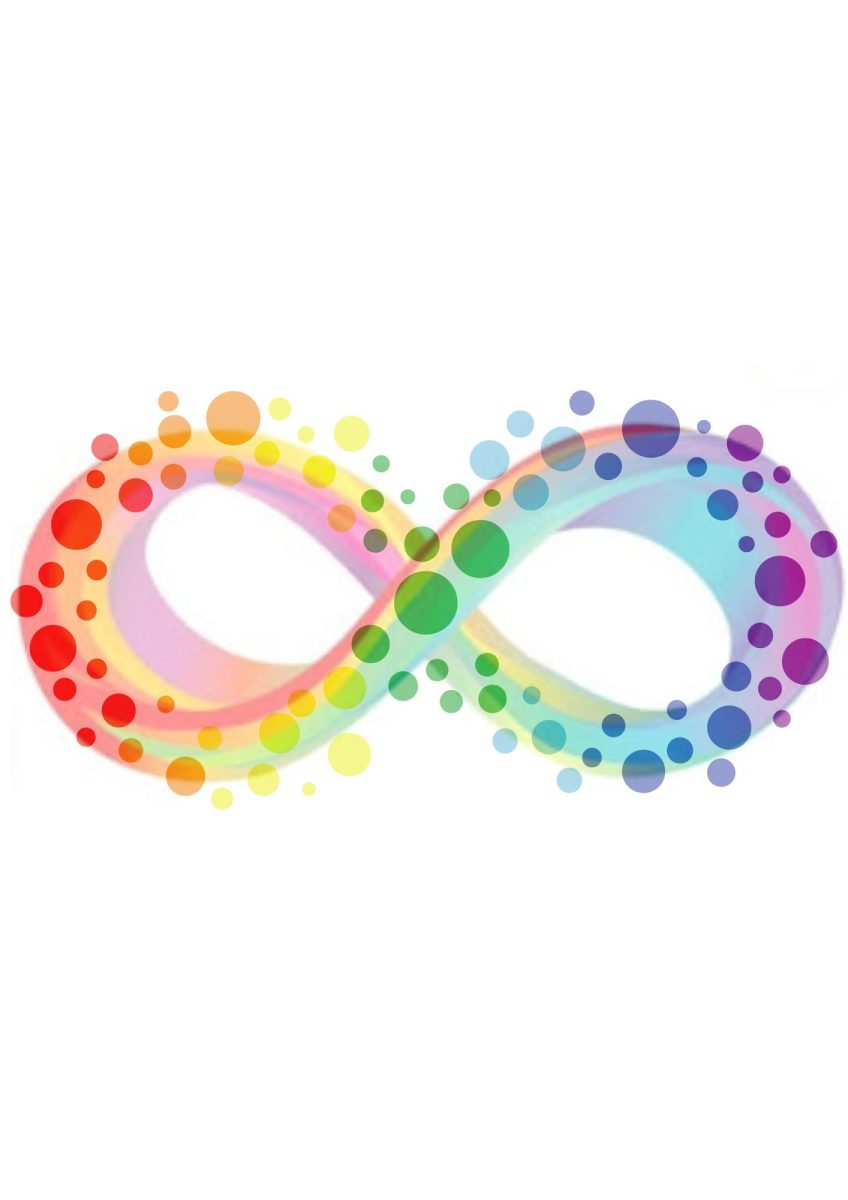
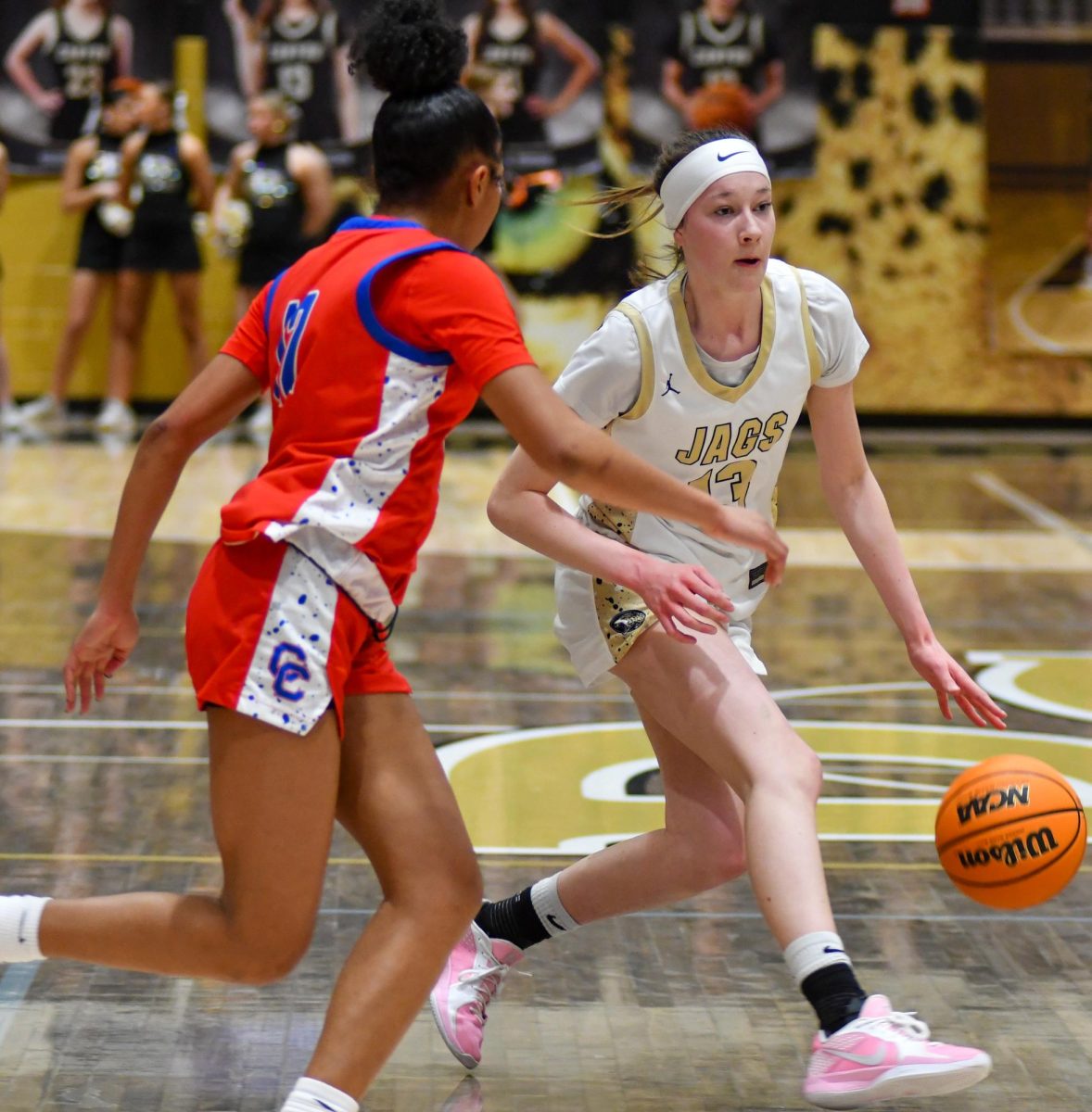
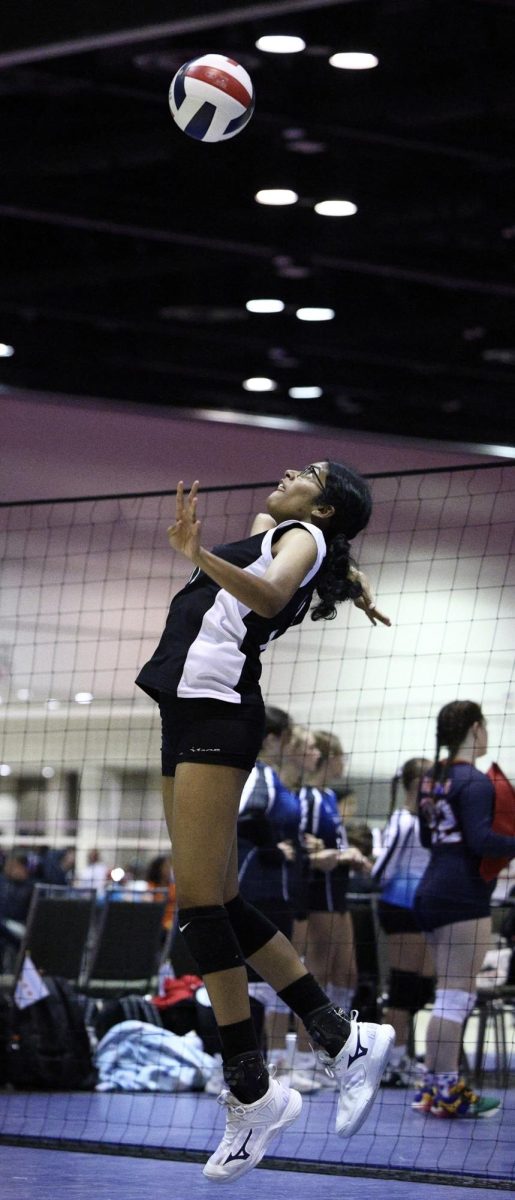
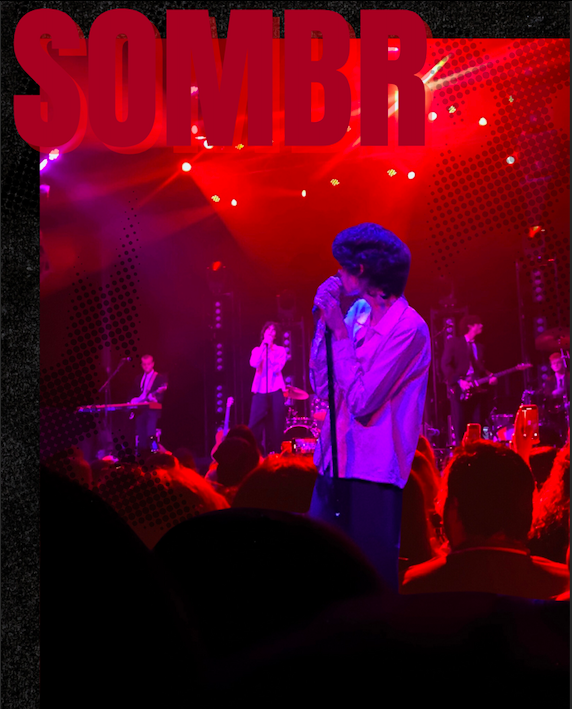





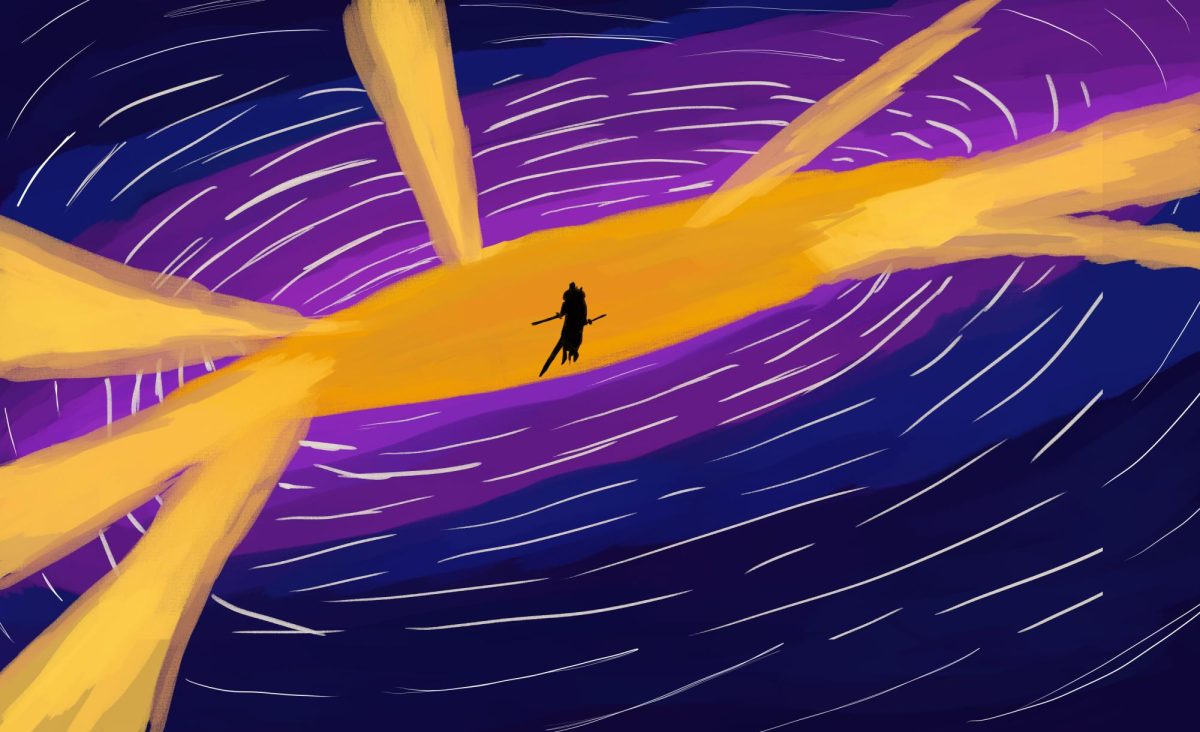
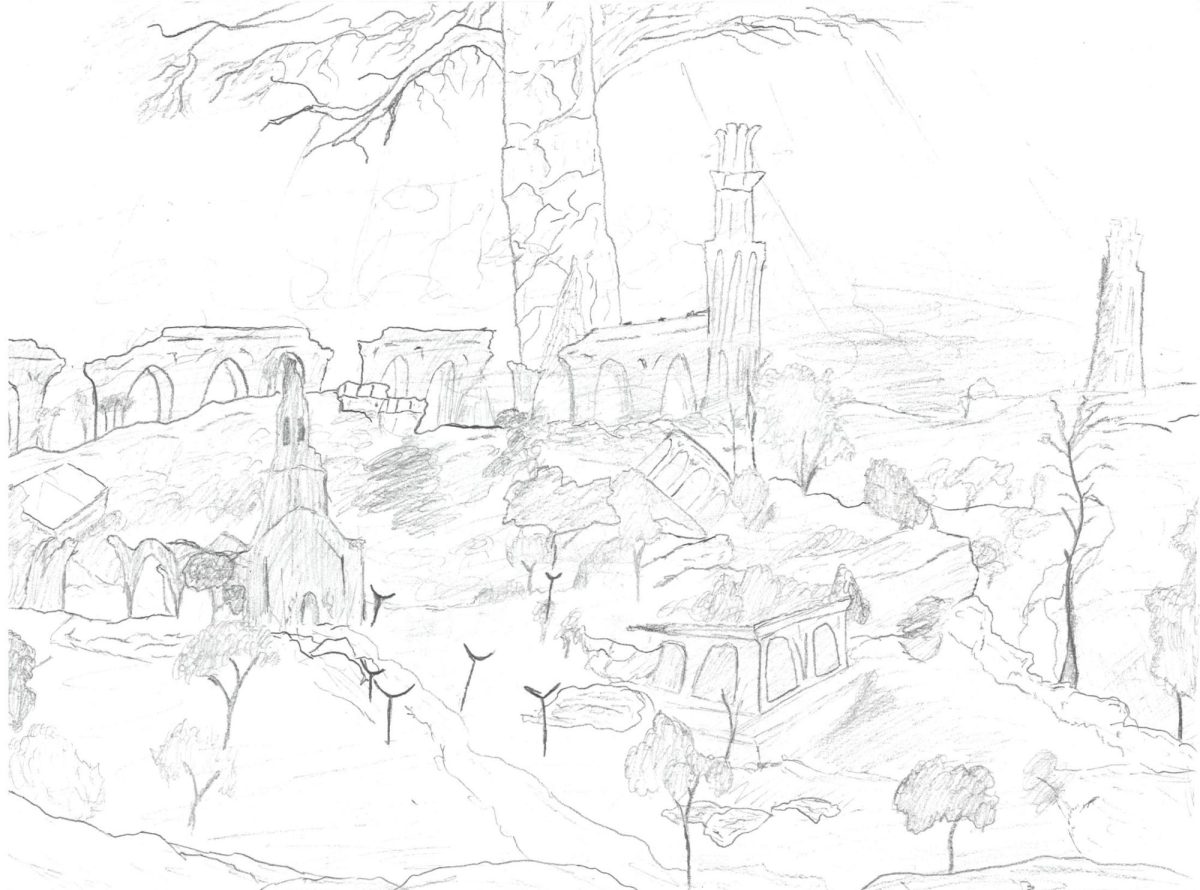
![Lesbian Visibility Day is April 26, and it’s a holiday to celebrate the lesbian community of the world. Lesbian Visibility day was established in 2008 by many queer activists and organizations who sought to raise more awareness for lesbian history and culture. “So this is why during Lesbian Visibility [Day] we celebrate and center all lesbians, both cis and trans, while also showing solidarity with all LGBTQ+ women and nonbinary people,” Linda Reily, in an article written by her, said.](https://rockmediaonline.org/wp-content/uploads/2025/04/Lesbian-Visibility-day.jpeg)




